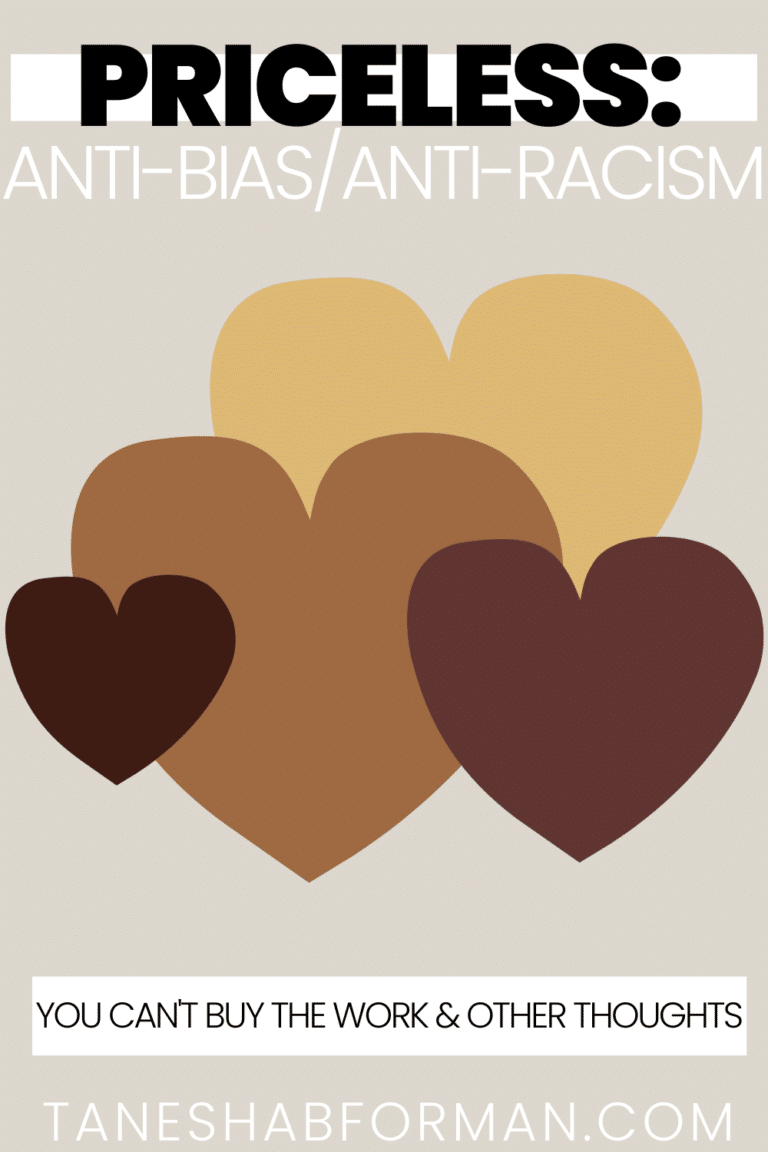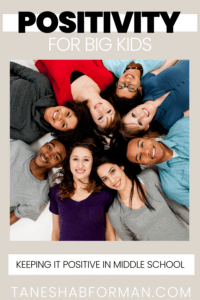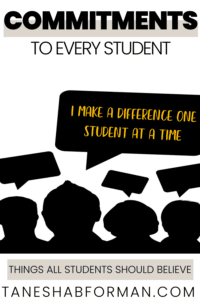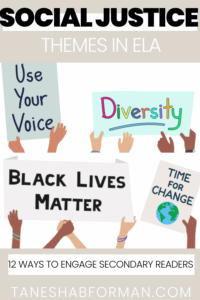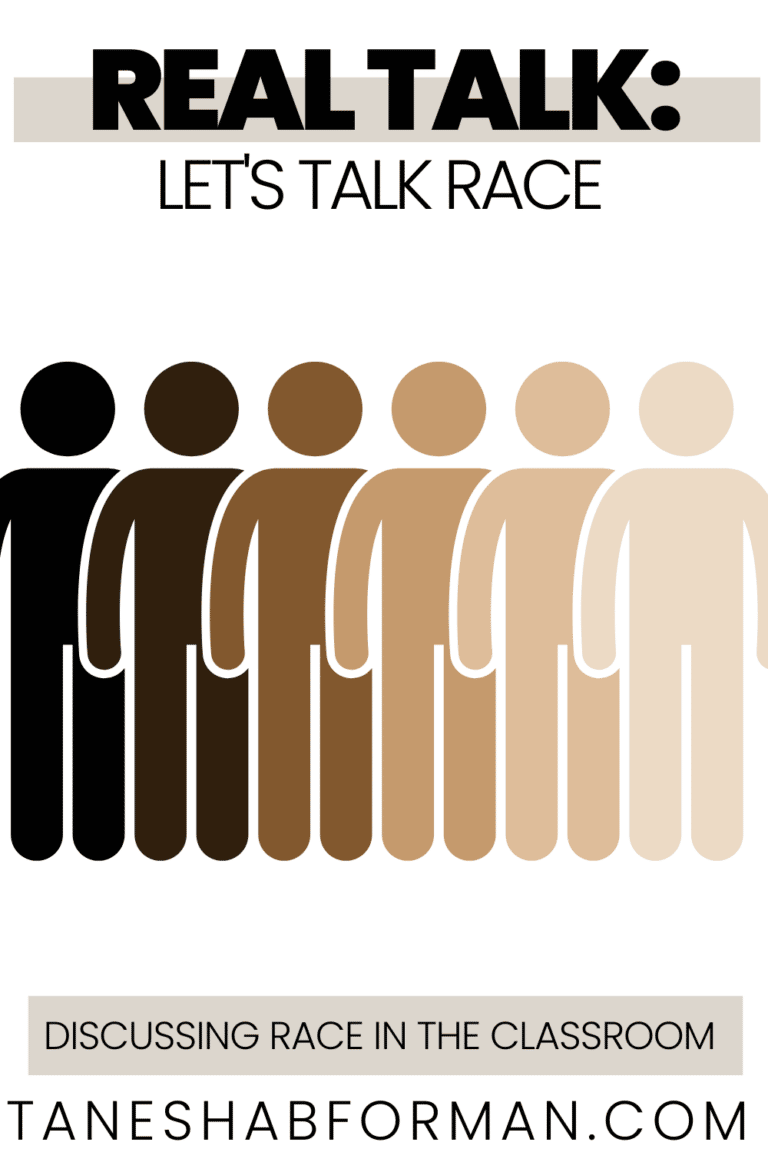
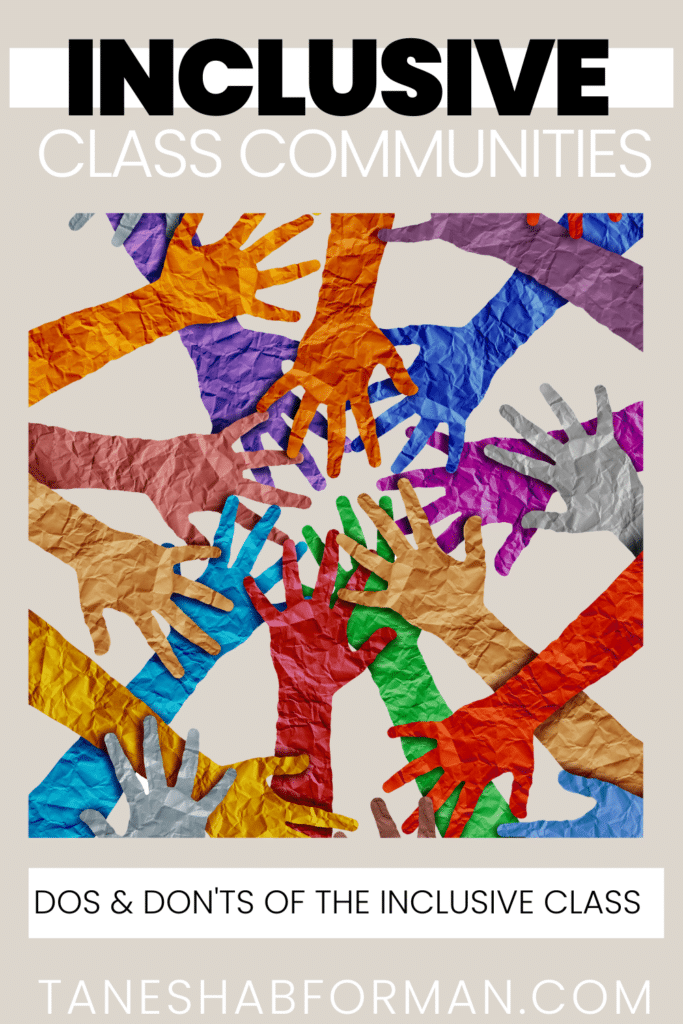
Dos & Don’ts of an Inclusive Classroom
Teachers are responsible for so much in a given day. Nothing is more important than ensuring that students are safe (emotionally and physically) and positioned to give their best effort. Teachers play a critical role in setting the tone and creating a strong classroom climate. Below are a few dos and don’ts that are a not a catch all, but a starting place.
1. Do Represent – Regardless of the demographics of your classroom, students need to see themselves and others represented in the classroom. Review your books, project units, math problems, quotes and other instructional materials and double check that names and visual images represent students from different backgrounds. #representationmatters
DON’T use stereotypes to guide decisions. All black american students aren’t fans of Hip Hop. Additionally, if you have a class with one person of color, don’t call on them to read the problem/story with character you perceive to be similar, or look to them as the voice of an entire group of people.
*Take a moment to recognize what happened
*Journal activity
*Ask the person(s) impacted what will help
*Have a peer conference
*Discuss it in morning meeting
*Use an “Anonymous Jar” to have students write out their thoughts/feelings and discuss
What additional strategies do you have? Please leave them in the comments!

PIN FOR LATER!
JOIN THE COLLECTIVE
Sign up and access the FREE resources to support your Anti-Bias/Anti-Racism journey.

Tanesha B. Forman
I'm a current middle school administrator who loves breaking down complex topics and providing opportunities for educators learn, reflect, practice, and implement methods that foster equity and anti-racism. I believe we win together!
Behind the Blog


Hi, I'm Tanesha.
I’m a current middle school administrator who loves breaking down complex topics and providing opportunities for educators learn, reflect, practice, and implement methods that foster equity and anti-racism. I believe we win together!







